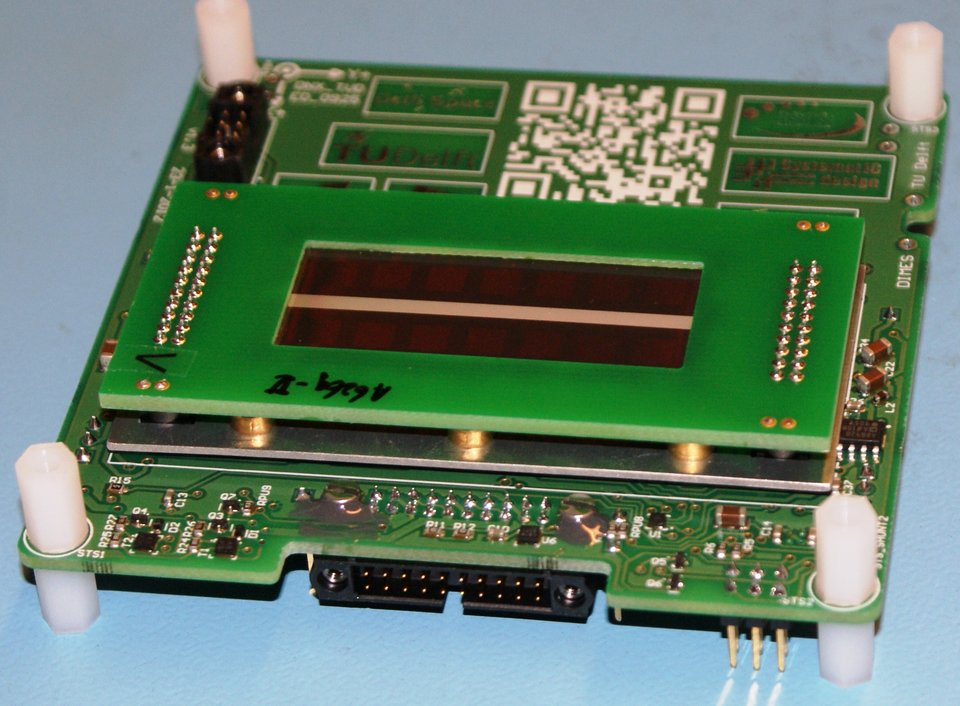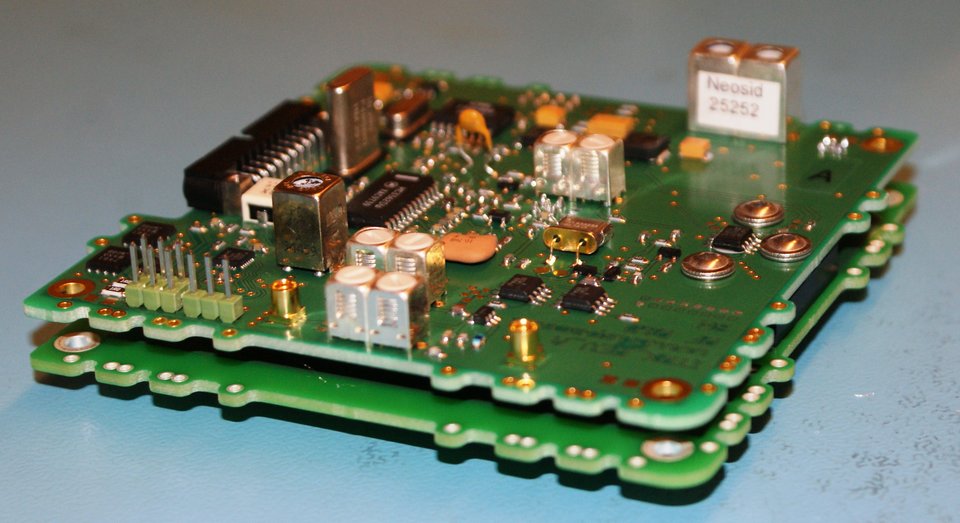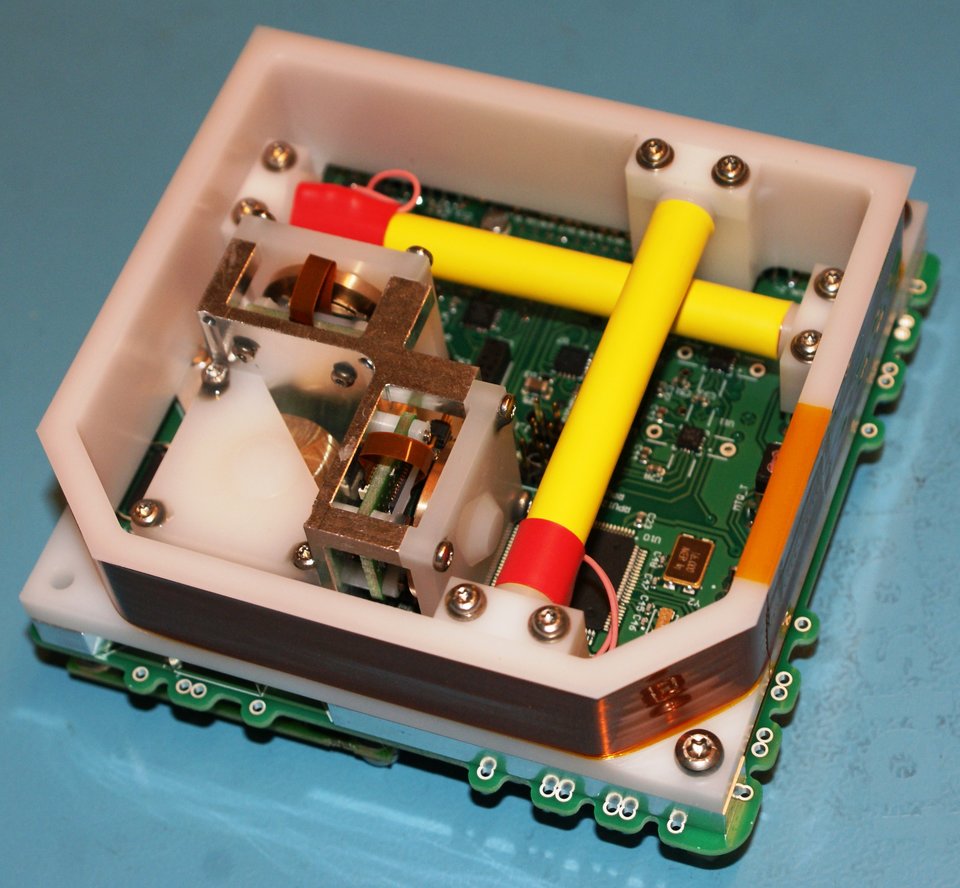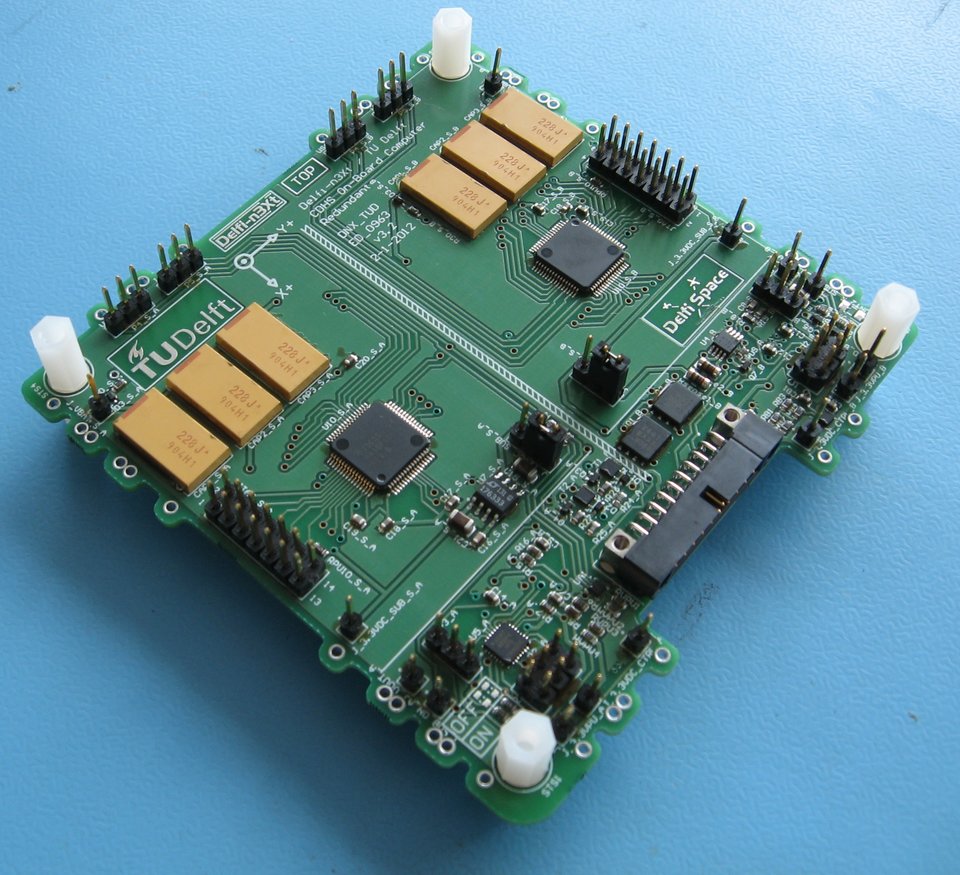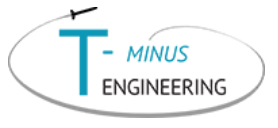Delfi-n3Xt
Delfi‑n3Xt is the successor of Delfi‑C3. It is a triple-unit CubeSat demonstrating a micro-propulsion system, amorphous hydrogenated Silicon solar cells, a new radio platform, an agile electrical power subsystem and an active attitude control subsystem.
The Delfi‑n3Xt project initiated in 2007 and the satellites was launched on the 21st of November 2013 from Russia. The satellite operated successfully for three months, fulfilling its main mission objectives and achieving mission success! Unfortunately, contact with the satellite was lost after an experiment with the linear transponder.
Artist Impression
Time-lapse of Integration
Launch & Early Operations (Dutch)
This page provides an overview of the technical highlights of Delfi‑n3Xt. Each picture links to the most relevant scientific paper available on that topic.
Partners
ISIS – Innovative Solutions in Space
has developed the redundant radio transceivers, of which one acting as demonstration payload.

MicroNed
a former subsidy program within the Netherlands for innovation in micro-electronics technology, has contributed to Delfi‑n3xt with a financial grants for the research and development.

Sponsors


